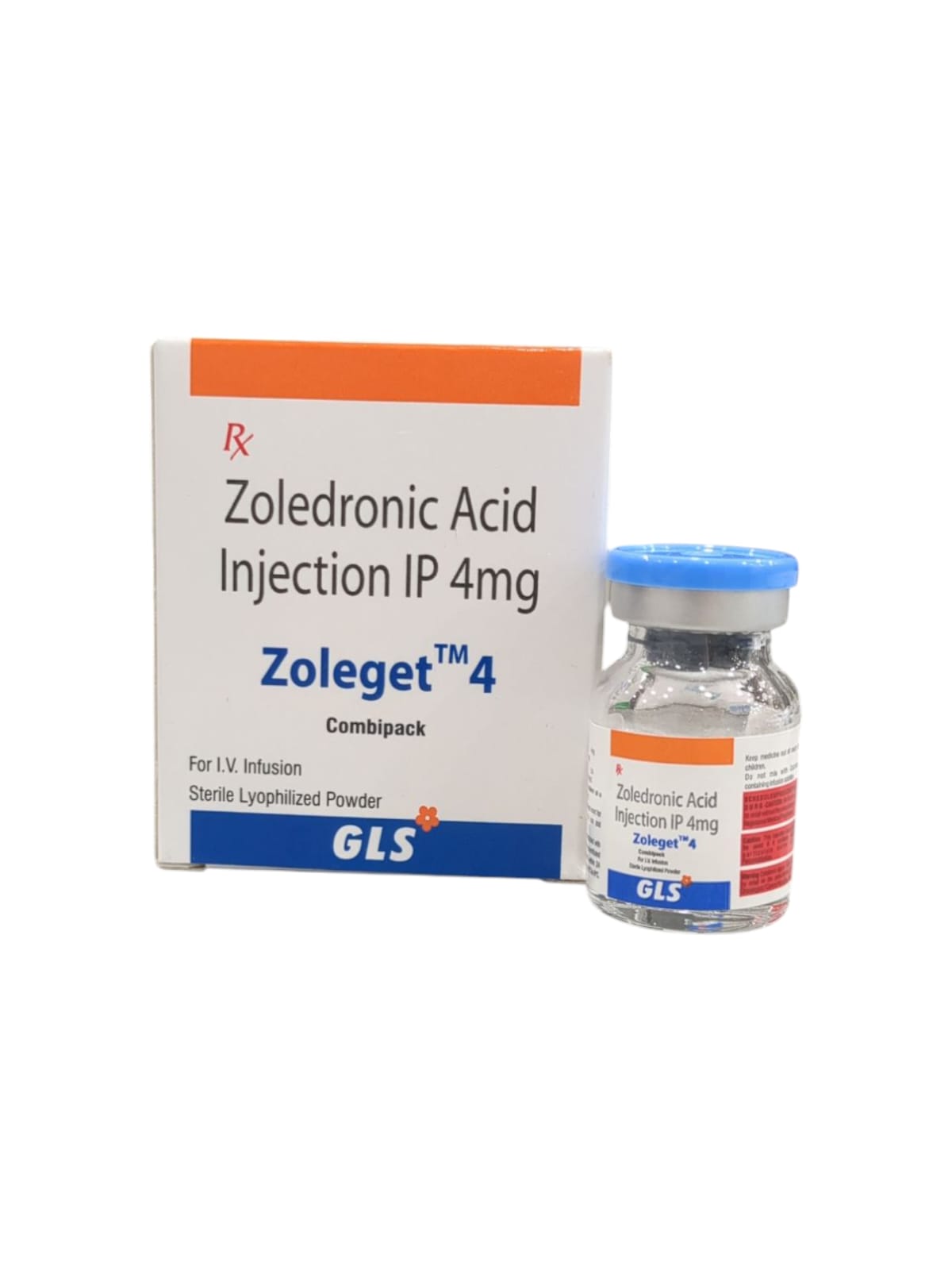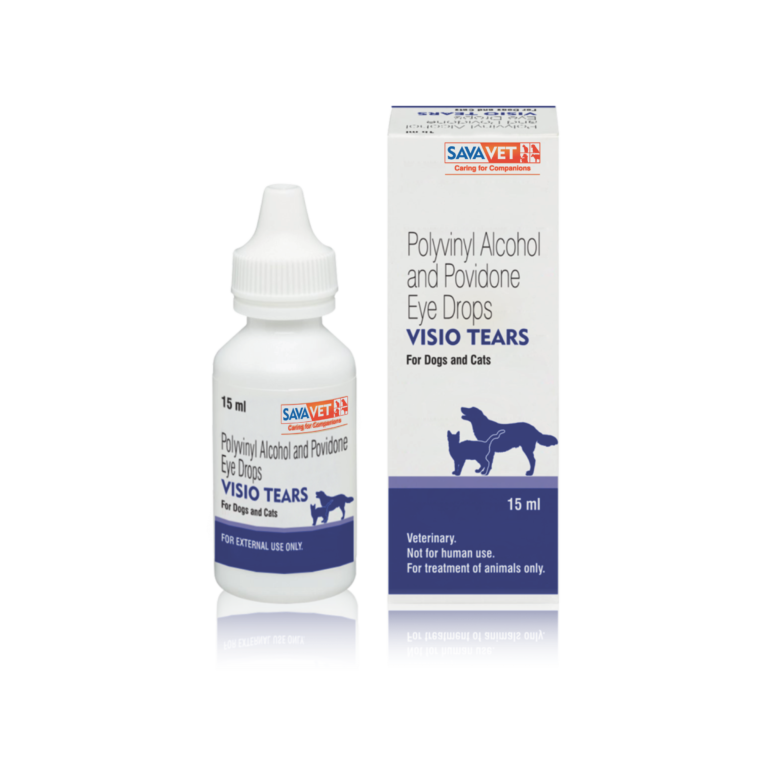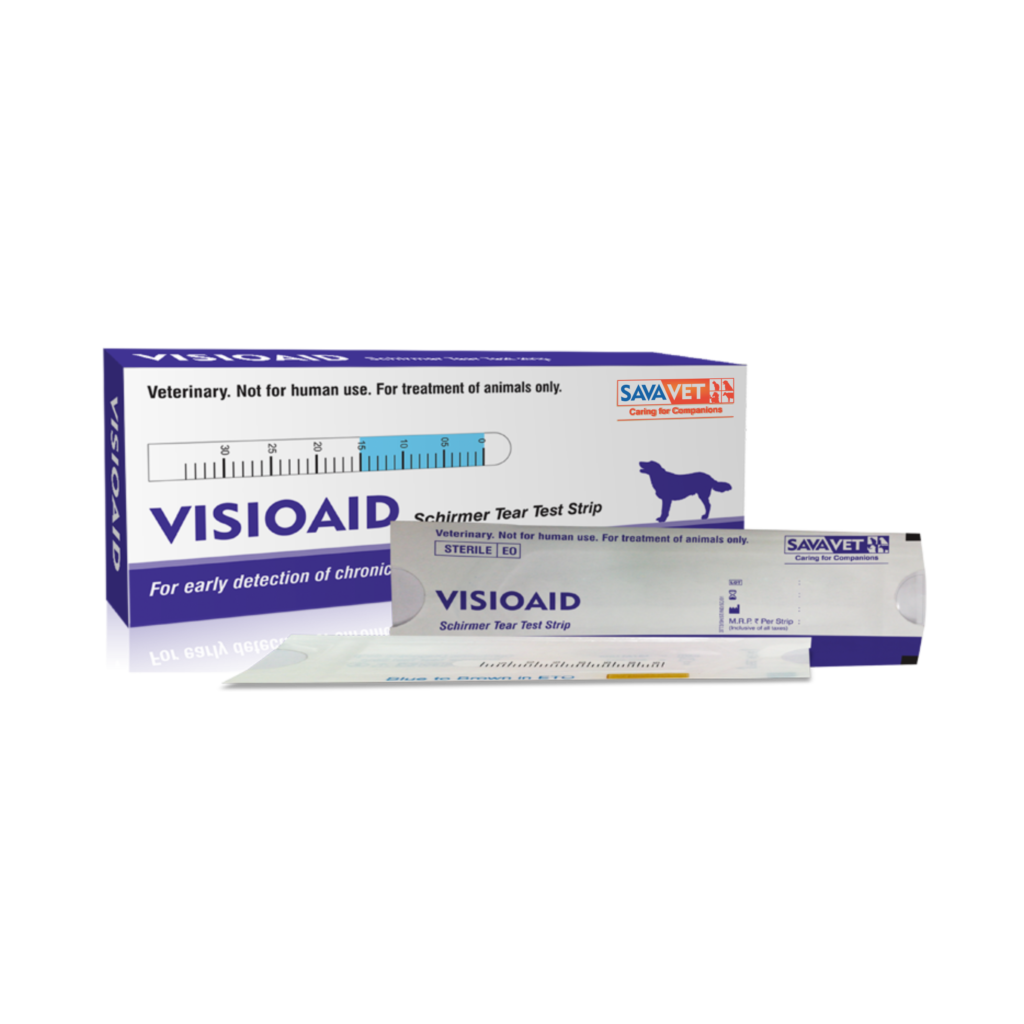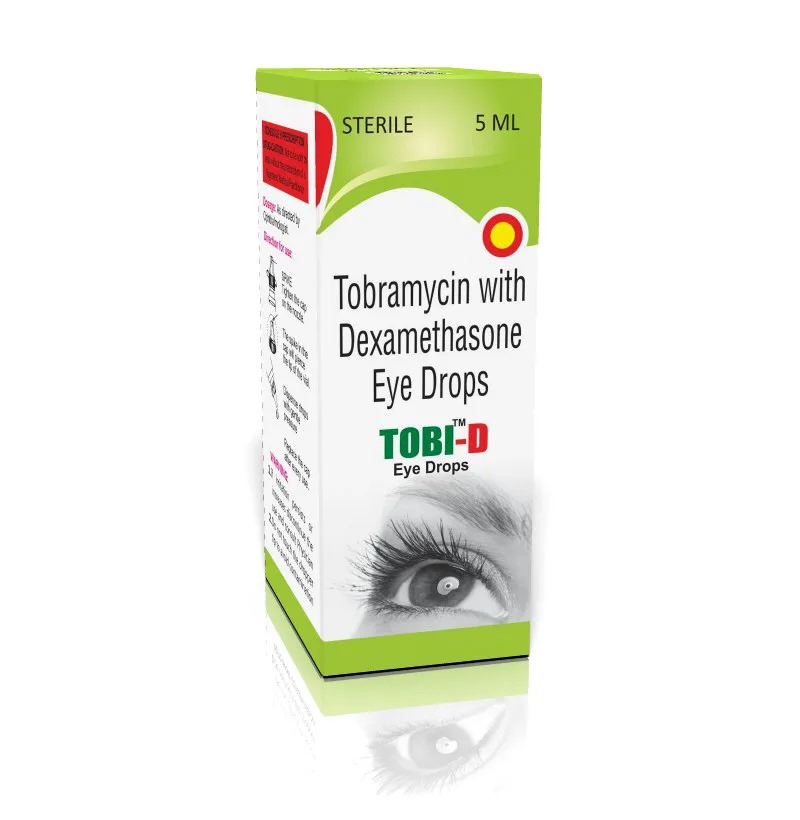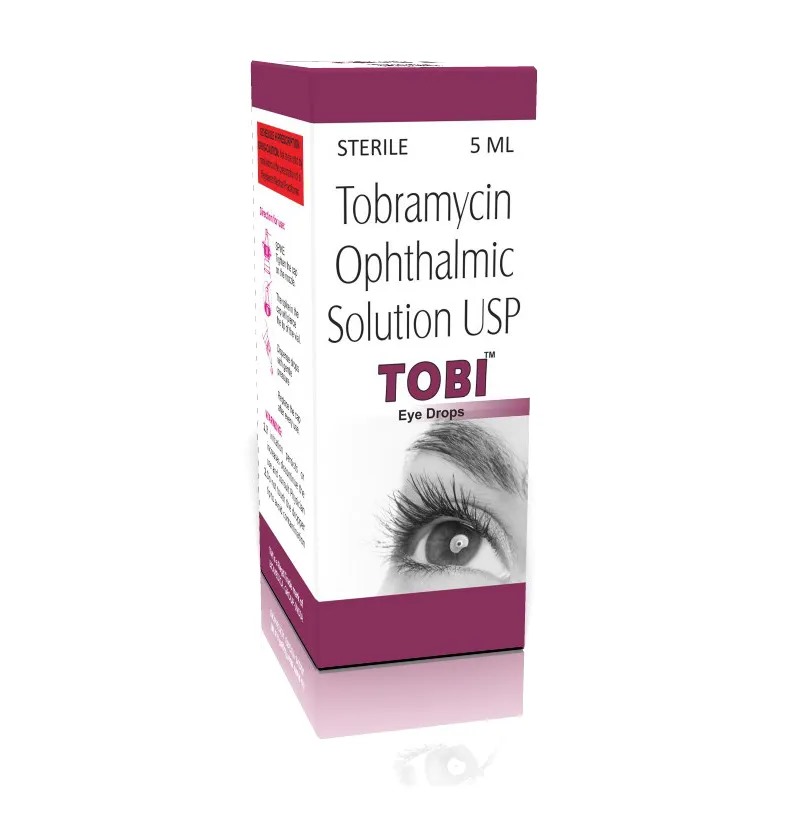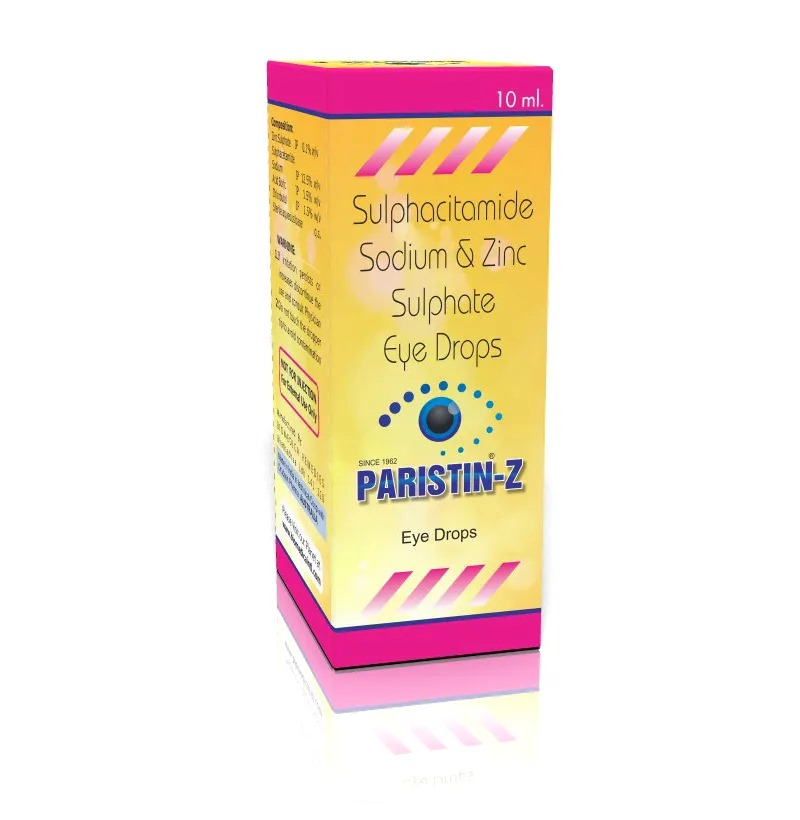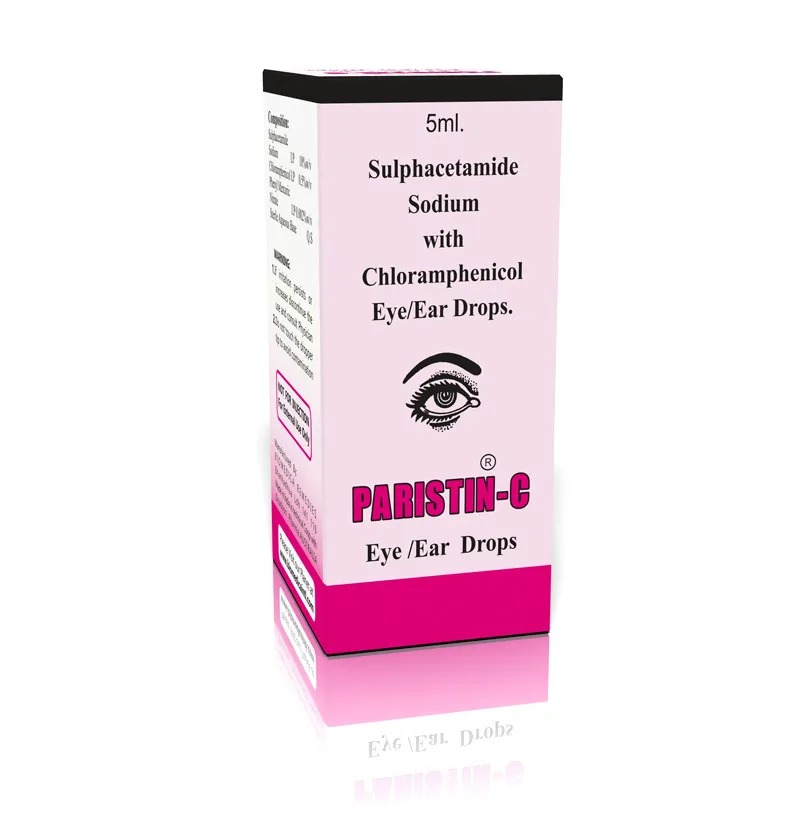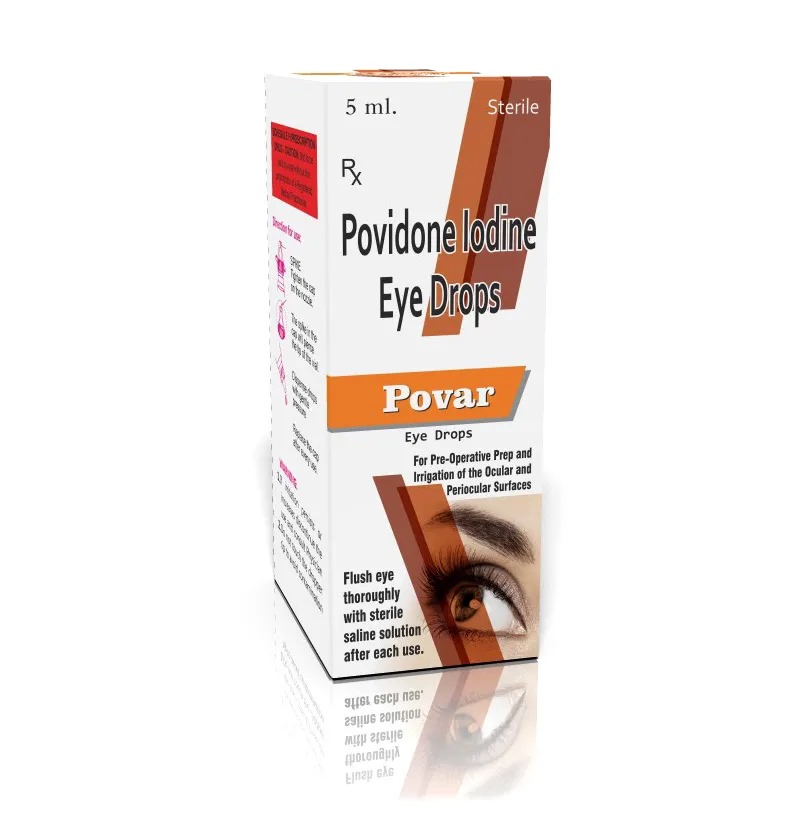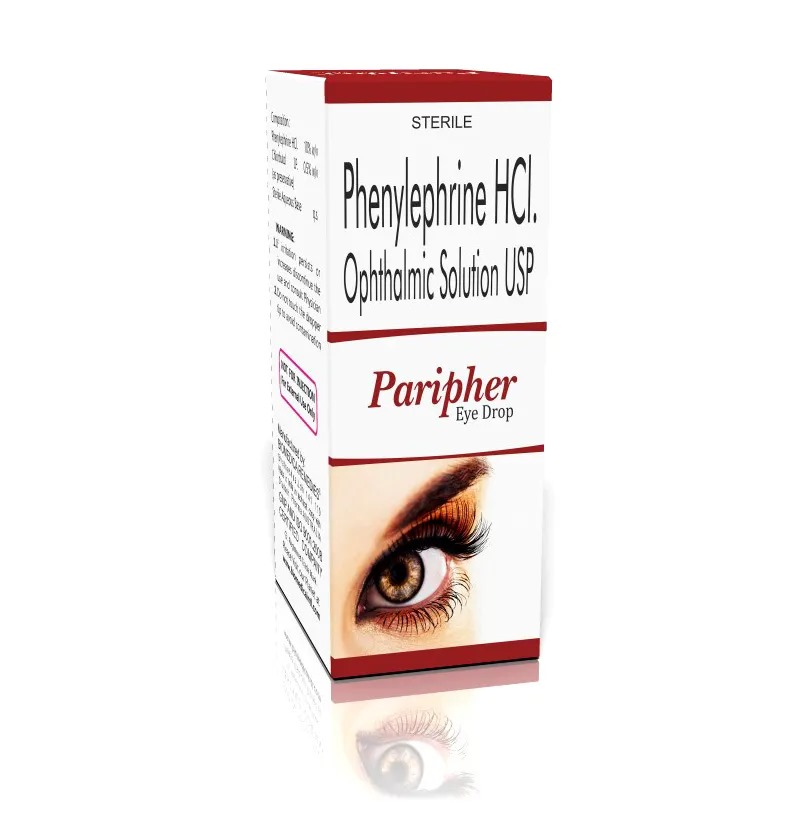Zoleget 4mg Injection belongs to the class of medicines called 'bisphosphonates' used to treat osteoporosis (weak and brittle bones) caused by menopause or long-term steroid use. Zoleget 4mg Injection also treats Paget’s bone and high calcium levels caused by cancer. Osteoporosis is a bone disease that weakens and thins bones by decreasing bone density, common in post-menopausal women. As the density of bones decreases, they weaken and are more likely to break. Zoleget 4mg Injection contains Zoledronic acid that works by binding to the bone tightly and preventing the removal of calcium by osteoclasts (a type of bone cell that destroys bone tissue). This prevents osteoclasts from breaking down the bone and keeps the bones strong and minimizes the risk of bones breaking. A doctor or nurse will administer Zoleget 4mg Injection. In some cases, you may experience headache, fever, nausea, dizziness, vomiting, back pain, diarrhea, pain in the muscles, joints, or bones, swelling, or pain at the infusion site. Most of these side effects of Zoleget 4mg Injection do not require medical attention and gradually resolve over time. However, if the side effects persist or worsen, please consult your doctor. If you are allergic to Zoleget 4mg Injection or any other medicines, please tell your doctor. Avoid taking Zoleget 4mg Injection if you are pregnant or breastfeeding and consult a doctor. Zoleget 4mg Injection is not recommended for children below 18 years as the safety and effectiveness were not established. Avoid taking Zoleget 4mg Injection if you have hypocalcemia (low calcium levels in the blood) and severe kidney problems. Drive only if you are alert as Zoleget 4mg Injection may cause dizziness. Zoleget 4mg Injection may cause osteonecrosis of the jaw (ONJ) in some patients. Therefore, if you experience any problems with teeth or mouth such as loose teeth, swelling or pain, non-healing of sores, or discharge, consult your doctor and dentist as these might be signs of osteonecrosis of the jaw.
Send Message